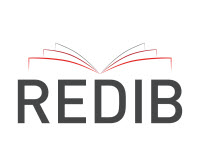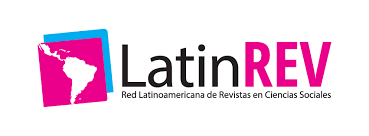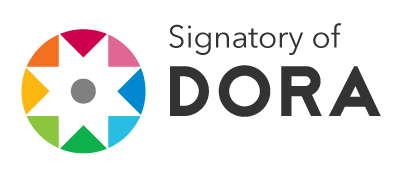When faced with content, what do young people do to avoid disinformation?
A study on criteria used by audiences in Salvador and Porto Alegre (Brazil)
Abstract
Brazilians are among the most vulnerable populations when faced with the phenomenon of disinformation. In a survey of 21 countries (OECD, 2024), Brazilians were the most likely to believe in false content. This poor performance was repeated in the national survey (CGI, 2024). Given this, this article focuses on the topic of disinformation, from the perspective of young people, who are considered one of the groups most at risk of being impacted by the phenomenon (United Nations, 2024). The discussions presented here are based on unpublished data from an empirical investigation with young people, aged 18 to 29, from two Brazilian state capitals: Salvador (Bahia) and Porto Alegre (Rio Grande do Sul). The online questionnaire, answered by 486 young people, addressed whether they paid attention to the source of the information, the date of publication, the authorship and the context, as well as the use of fact-checking websites and their interest in learning more about disinformation. This is an applied study, using a qualitative approach and an exploratory-descriptive objective, based on data from quantitative research. The results reveal gaps in the fact-checking of information by the interviewees and a desire to learn more about how to prevent and combat disinformation. The development of critical thinking and methods for investigating sources of information and content are recommended.
Downloads
References
Almeida, A. C. (2009). Errors in electoral and opinion polls. Record.
Brazil. (2013). Law No. 12,852 of August 5, 2013. Institutes the Youth Statute and provides for the rights of young people, the principles and guidelines of public youth policies and the National Youth System - SINAJUVE. Presidency of the Republic.
Buckingham, D. (2023). Manifesto pela educação midiática. Edições Sesc SP.
Comitê Gestor da Internet no Brasil (CGI). (2024). Survey on the use of information and communication technologies in Brazilian households: ICT Households 2023. Núcleo de Informação e Coordenação do Ponto BR. https://www.cgi.br/media/docs/publicacoes/2/20241104102822/tic_domicilios_2023_livro_eletronico.pdf.
Cunha, M. B. da (2020). Manual of information sources (2nd ed). Briquet de Lemos.
D´Ancona, M. (2017). Post-truth: the new war against facts in times of fake news. Faro Editorial.
Dayrell, J. (2003). Youth as a social subject. Brazilian Journal of Education, 24, 40-52. https://www.scielo.br/j/rbedu/a/zsHS7SvbPxKYmvcX9gwSDty/abstract/?lang=pt.
Dizikes, P. (2018, March 8). Study: On Twitter, false news travels faster than true stories. MIT News. https://news.mit.edu/2018/study-twitter-false-news-travels-faster-true-stories-0308.
Dunning, D. (2018). The best option illusion in self and social assessment. Self and Identity, 18(4), 349-362. https://www.tandfonline.com/doi/abs/10.1080/15298868.2018.1465460.
Fallis, D. (2015). What is disinformation? Library trends, 63(3), 401-426. https://doi.org/10.1353/lib.2015.0014.
Festinger, L. (1975). Cognitive dissonance theory. Zahar.
Gil, A. C. (2008). Métodos e técnicas de pesquisa social. Editora Atlas.
Gomes, M. A., & Dumont, L. M. M. (2015). Possible relationships between the use of information sources and information literacy. TransInformação, 27(2), 133-143. https://www.transinformatica.com/ /www.scielo.br/j/tinf/a/6vCkPXhb6wVR6KSmTD6T8Pz/?lang=pt#
Hollis, H. (2019). Information literacy and critical thinking: Different concepts, shared conceptions. University of Borås.
Instituto Brasileiro de Geografia e Estatística (IBGE). (2023). Census 2022. IBGE. https://www.ibge.gov.br/estatisticas/sociais/populacao/22827-censo-demografico-2022.html
Lewsey, F. (2023, June 29). The 'Very Online' Misinformation Susceptibility Test Gen Z and Millennials Are Most Vulnerable to Fake News. University of Cambridge. https://www.cam.ac.uk/stories/misinformation-susceptibility-test
Livingstone, S., & Mascheroni, G., & Stoilova, M. (2023). The outcomes of gaining digital skills for young people's lives and wellbeing: a systematic evidence review. New Media & Society, 25(5), 1176-1202. https://doi.org/10.1177/14614448211043189
Machete, P., & Turpin, M. (2020). The use of critical thinking to identify fake news: A systematic literature review. In: Hattingh, M., Matthee, M., Smuts, H., Pappas, I., Dwivedi, Y. K., & Mäntymäki, M. (Eds.) Responsible Design, Implementation and Use of Information and Communication Technology, I3E 2020. (Lecture Notes in Computer Science,12067). Springer. https://doi.org/10.1007/978-3-030-45002-1_20
Martín-Barbero, J. (2011). Cultural challenges of communication in education. In: Citelli, A., & Costa, M. C. C. (Eds.). Educommunication: building a new area of knowledge. (121-135). Paulinas.
Morozov, E. (2018). Big tech: the rise of data and the death of politics. Ubu.
Novaes, R. (2019). The field of public youth policies: processes, achievements and limits. In: R. Montechiare. Youth and education: identities and rights. FLACSO.
OECD (2024), Facts not Fakes: Tackling Disinformation, Strengthening Information Integrity, OECD Publishing. https://doi.org/10.1787/d909ff7a-en
Passarelli, B. (2020). Young brazilians in continuous connectivity: studies and trends. Youth and Public Policy Journal, 1 (Special Edition), 1-16. https://doi.org/10.22477/rjpp.v1iEE.125
Richardson, R. J. et al. (2012). Pesquisa Social: métodos e técnicas. Atlas.
Santaella, L. (2020a). Is post-truth true or false? Estação das Letras e Cores.
Santaella, L. (2020b). The semiotics of fake news. Verbum, 9(2), 9-25. https://revistas.pucsp.br/verbum/article/view/50522
Selltiz, C. (1974). Métodos de pesquisa nas relações sociais. EPU.
Silva, D. (2022). By cell phone and on the streets of Salvador: political participation of young people and the relationship with infocommunication skills. (Doctoral thesis, Federal University of Bahia). Universidade Federal da Bahia.
United Nations. (2023). Our Common Agenda - Policy Brief 8: Information Integrity on Digital Platforms. United Nations. https://indonesia.un.org/en/234478-our-common-agenda-policy-brief-8-information-integrity-digital-platformsUnited Nations. (2024). United Nations Global Principles for Information Integrity. United Nations. https://www.un.org/sites/un2.un.org/files/principios_globales_onu_integridad_informacion.pdf
Wardle, C., & Derakhshan, H. (2017). Information disorder: Toward an interdisciplinary framework for research and policymaking. Council of Europe.
https://rm.coe.int/information-disorder-toward-an-interdisciplinary-framework-for-researc/168076277c
Zak, E. (2024). Three Years of Misinformation: A case study of information literacy methods. Dialogue: The Interdisciplinary Journal of Popular Culture and Pedagogy, 11(1), Article 2. https://digitalcommons.unl.edu/dialogue/vol11/iss1/2
Copyright (c) 2025 Daniela de Assis Silva

This work is licensed under a Creative Commons Attribution 4.0 International License.
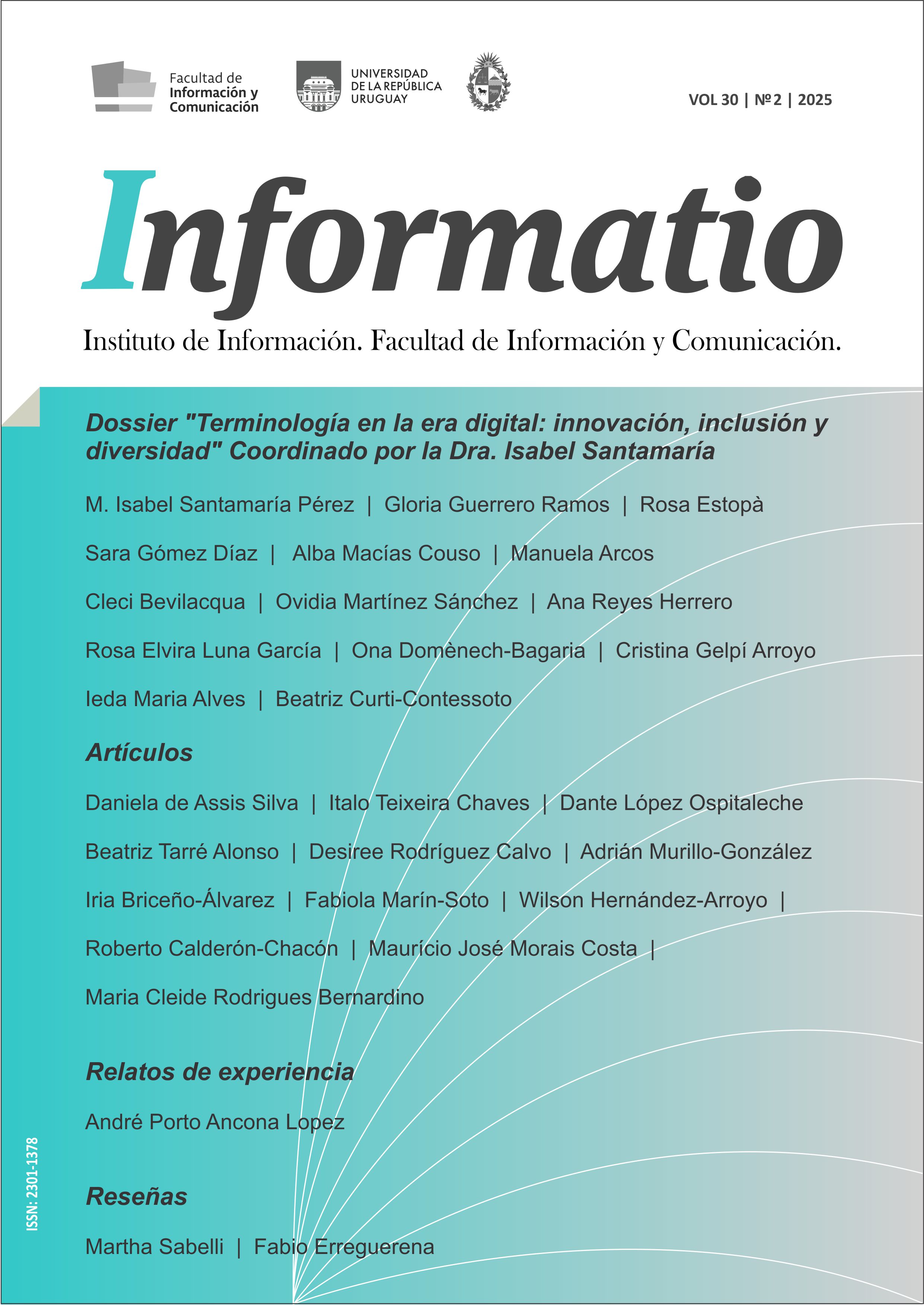





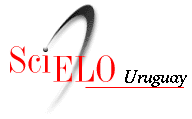
.jpg)



